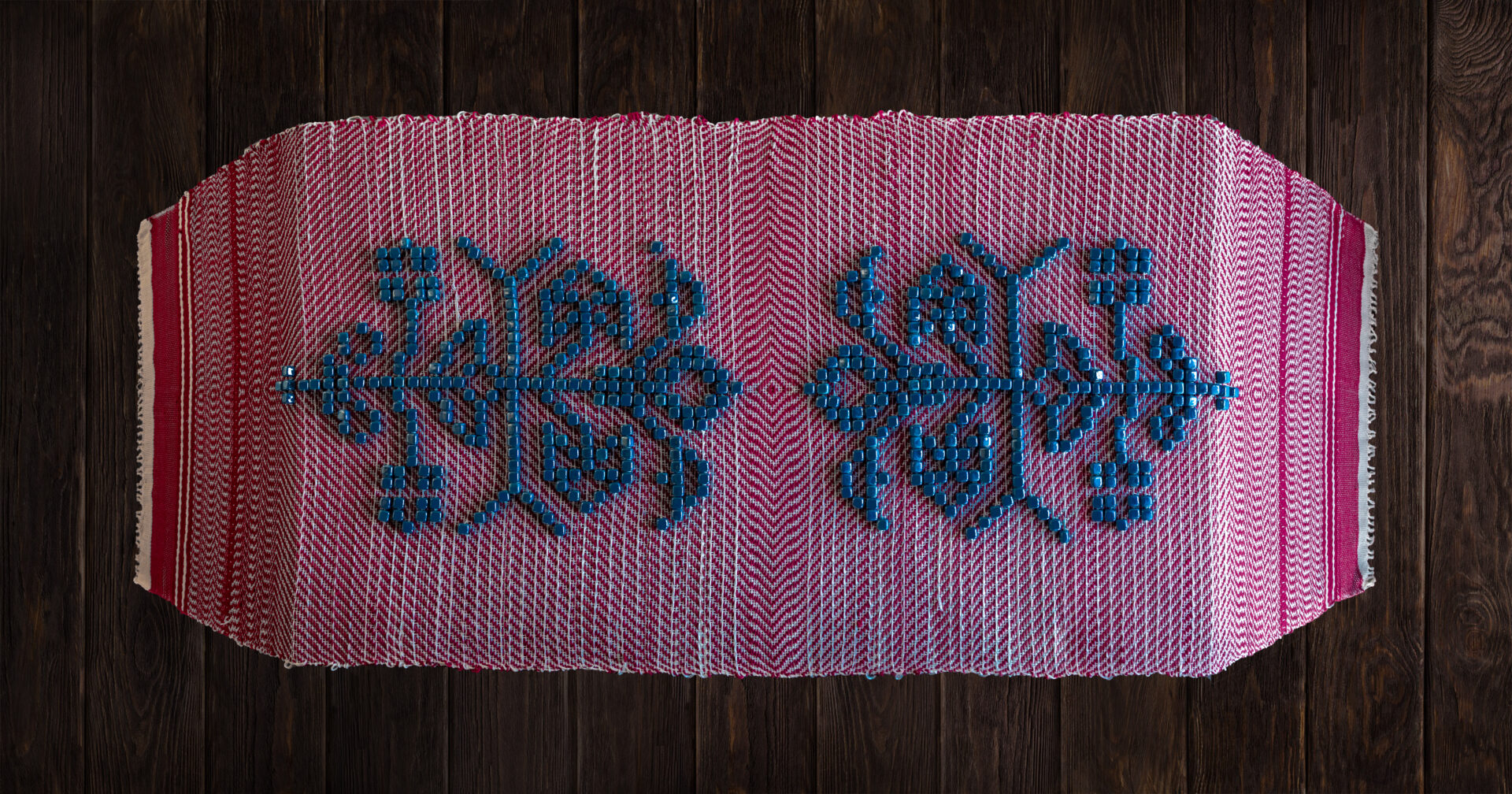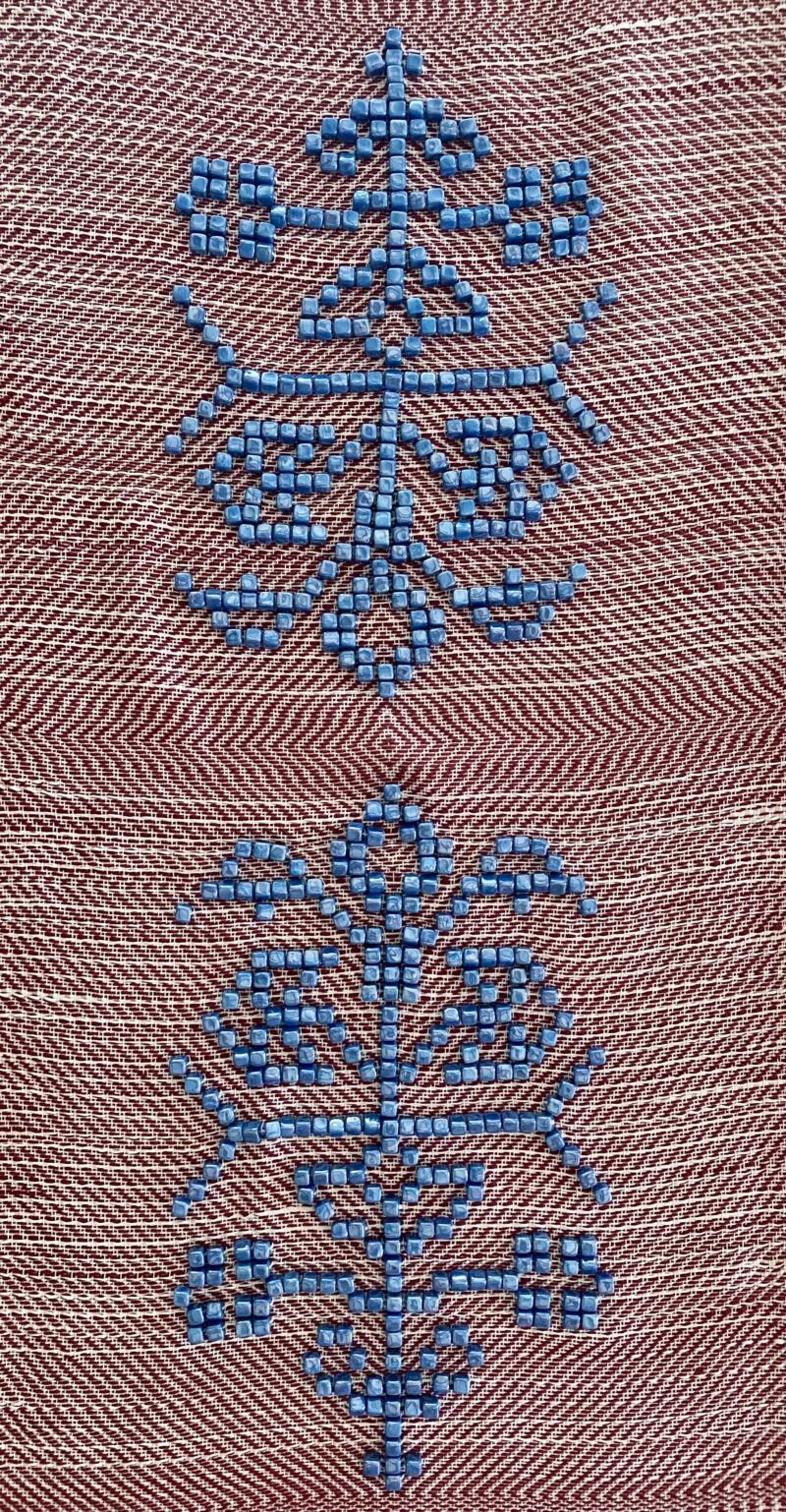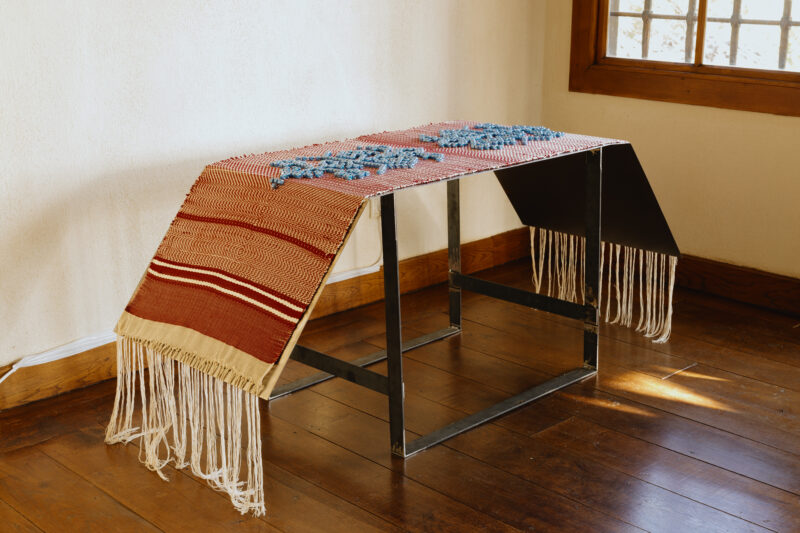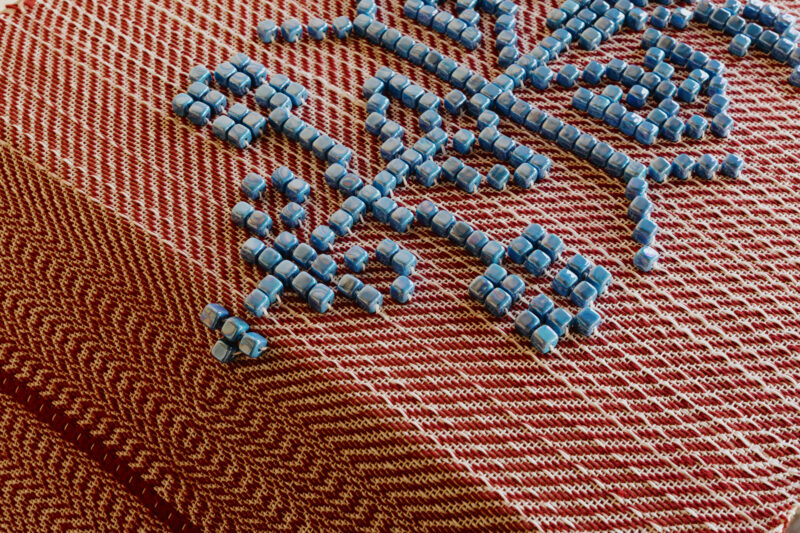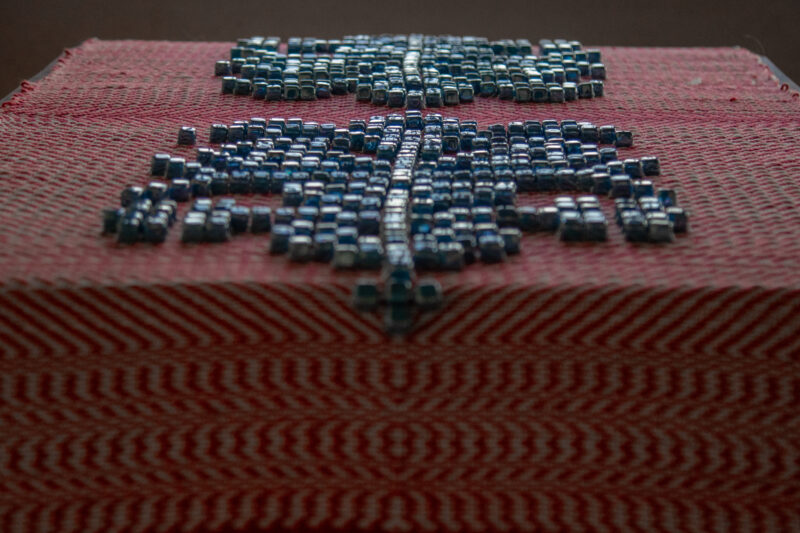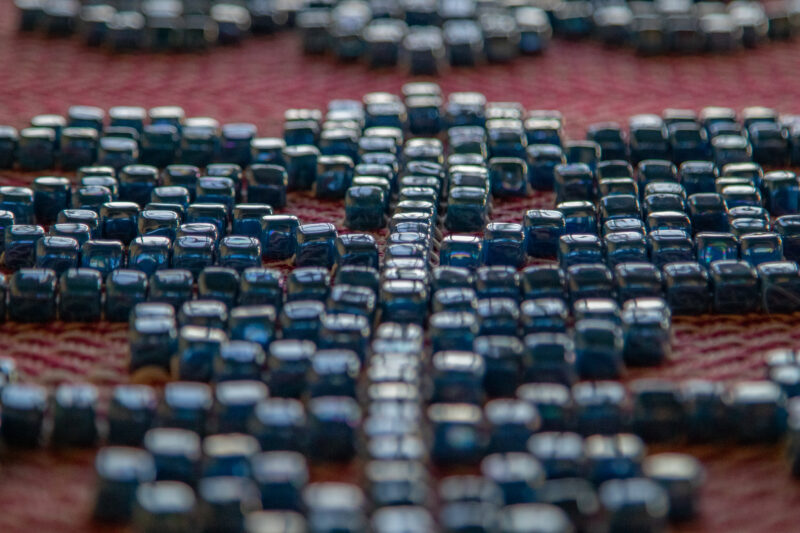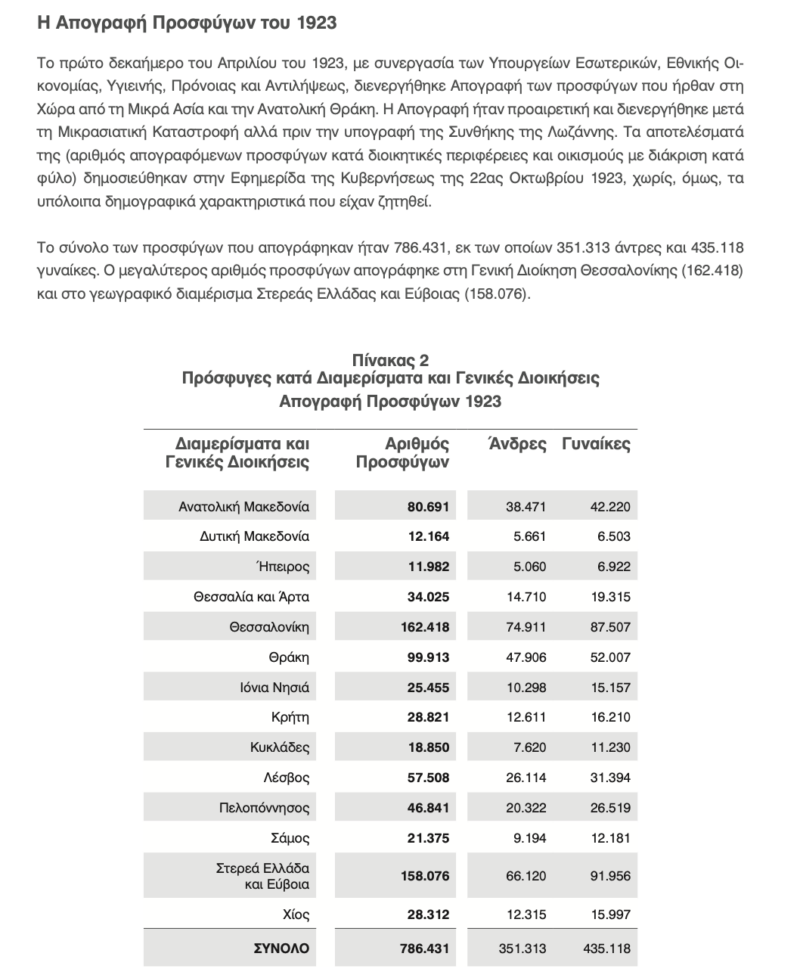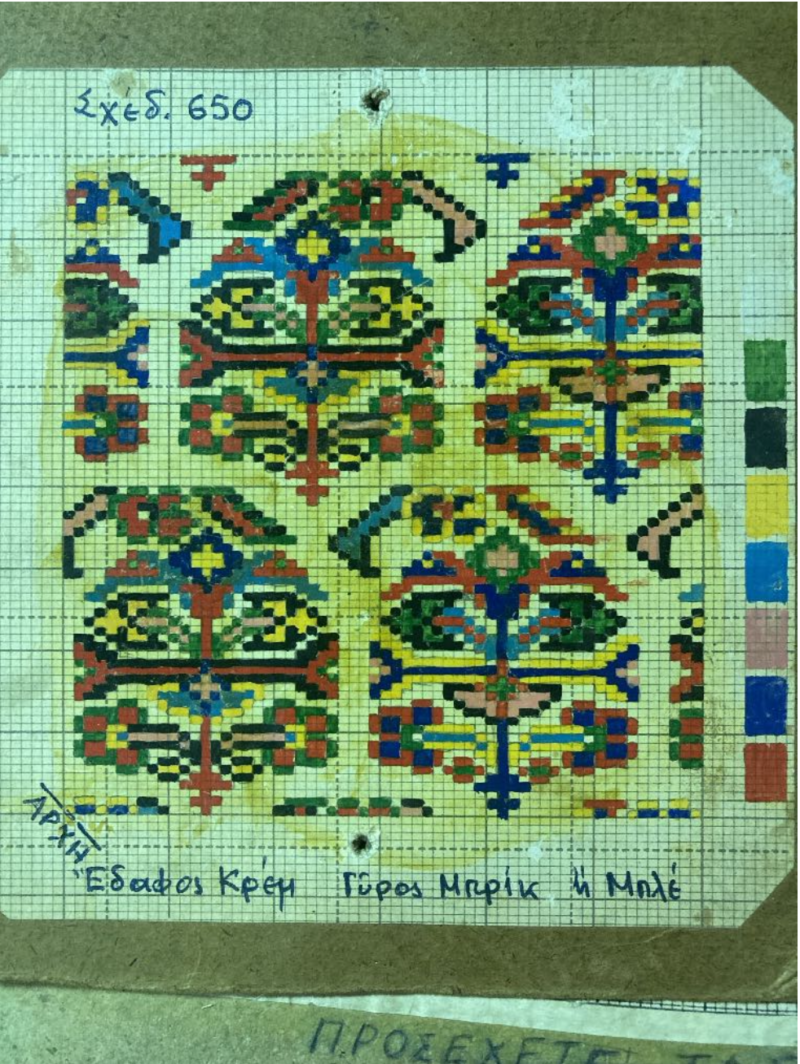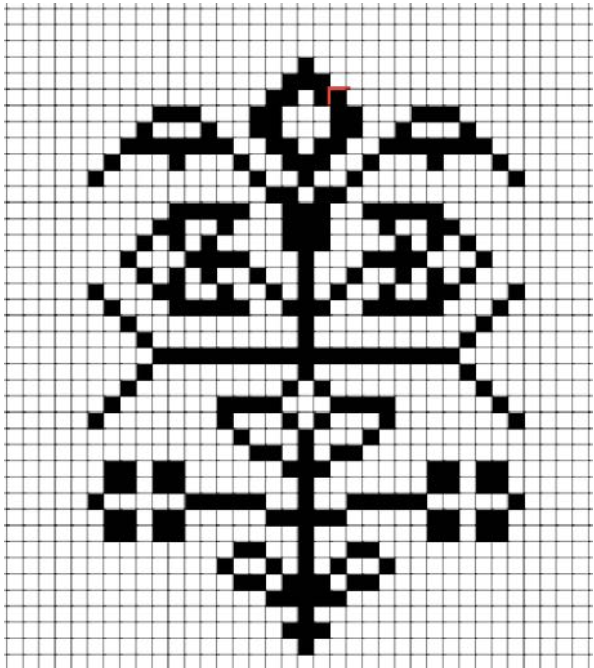Ji.ros
The project Jiros explores the cultural and historical impact of carpet weaving introduced to Greece by refugee women following the Asia Minor Catastrophe in 1922. These women, bringing centuries of textile expertise, transformed carpet weaving into a significant cultural and economic practice in their new homeland. At its core, the project reinterprets a traditional Anatolian motif, originally designed for the jiros (border) of carpets, repositioning it as the central element. This creative shift questions how peripheral narratives can redefine historical and cultural frameworks.
The woven textile combines historical data with traditional craftsmanship. The background motif visualizes population displacement and resettlement based on 1923 refugee census data from the Hellenic Statistical Authority, illustrating how refugees were distributed across Greece. The central motif, sourced from the archives of the Asia Minor Cultural Center (KEMIPO), was originally a border design drafted on millimeter paper for apprentice weavers. Here, it is elevated to the centerpiece, woven with blue ceramic beads, symbolizing the transformation of marginal elements into focal points.
The project highlights the refugee women’s role as cultural carriers and their contribution to Greece’s artistic and economic landscape. Carpet weaving served as both a means of survival and empowerment, allowing women to navigate the challenges of displacement while preserving their intangible cultural heritage. The integration of archival Anatolian motifs into the design bridges historical and cultural contexts, connecting past experiences to contemporary narratives.
Jiros invites viewers to reflect on the relationship between migration, cultural identity, and applied arts. It raises questions about how traditional art forms can preserve and reinterpret collective memory, offering a renewed perspective on history. The production process—rooted in traditional weaving—embodies the resilience of refugee women, recentering their marginalized stories and honoring their enduring cultural legacy.
photos: Aggelos Hill
exhibition
Constellations Exploding Anew
year
2024
